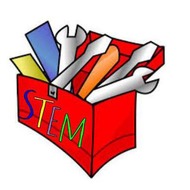(View Complete Item Description)
In this project students will research and then build a basic solar cooker shell made out of cardboard. Then they will run a variety of materials through experiments. Data from the experiments will be used to determine which materials should be added to the solar cooker shell to improve its ability to heat up food.
This project was created as a collaboration between a science and an engineering/woodshop class. The engineering class researched and build the basic solar cooker cardboard shells. The science class tested additional materials to add to the shells to improve the solar cookers. Then the engineering class, following the directions from reports created by the science class, added the materials to the solar cooker shells to create the final products.
Material Type:
Activity/Lab,
Lesson Plan,
Reading,
Unit of Study




















